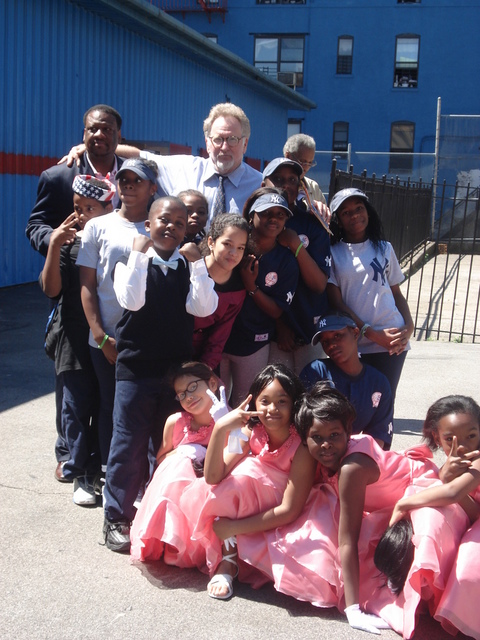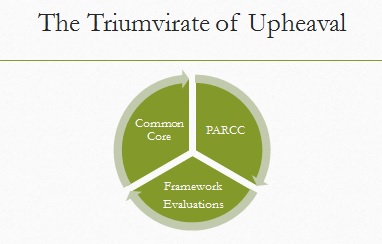It’s a Badass Film Festival! Closeup on Corporate School Reform!
I blog.
I write.
I look at the devastation, the hopes and promise of our public school system, and I report it to the world.
It seems a futile pursuit some days. Does anyone actually read this stuff? Or am I just talking to myself?
The hit counter tells me that, yes, indeed, there are people out there clicking on my humble little gadflyonthewallblog. Comments appear under my Facebook posts. My tweets get retweeted. Followers and friends multiply.
But I wonder sometimes about all the sets of eyes that see a block of text under my name and just keep on scrolling.
Would the minds connected to those eyes have understood? Would they have been spurred to action? Might they have been just the people we need to turn the tide and take back our education system?
And I answer: maybe.
So today’s entry is an attempt to get those roving, impatient orbs to stop, look and see.
Because today I bring not just words but pictures. Movies, in fact.
But first some background.
This whole enterprise began by accident. My school district received a $360,000 donation from Apple and Bill Campbell so every student could have an iPad for use in class.
The program will be rolled out next year, but teachers have already been given devices and some minimal training.
We were encouraged to play around with the devices to find applications for our students next year. One such app we were told to explore was iMovie.
I made a brief preview trailer for S.E. Hinton’s “The Outsiders” – one of the novels my students read. I thought it might make a good lesson on theme for next year’s kids.
However, in doing the assignment, I wondered what it might look like if I made a similar short movie about corporate education reform. After all, I spend a lot of my off hours writing about it. Why not try another medium?
Let me be clear. I did NOT use school equipment. I have my own personal iPad at home. It’s not nearly as nice as the ones the students will be using. In fact, I had to pay for a few upgrades to get it up to similar specs.
But once I did, it was a simple matter to make the “OPT OUT OF STANDARDIZED TESTING” movie you see here:It’s a Badass Film Festival! Closeup on Corporate School Reform! | gadflyonthewallblog:













